At the tail end of last year, an artist called Peter Goodfellow mounted an exhibition of paintings titled Treason of the Scholars. The works were a garish parody of the signature styles of blue-chip artists including Jeff Koons, Damien Hirst and Joseph Beuys — not so much satire as aggravated assault. In terms of nuance, it made the giant inflatable butt plug artist Paul McCarthy had installed in Paris’s Place Vendôme in 2014 look subtle. But that, Goodfellow stressed, was precisely the point.
His complaint, he wrote in an accompanying essay, was that the ‘charlatans’ of the contemporary art establishment had come to neglect his medium in favour of figures possessed of ‘no ability, no technique, no intellectual gravity’. Conceptual art and everything associated with it was, apparently, ‘unadulterated hubris and self-indulgence’.
In many ways, Goodfellow’s is a persuasive argument. Indeed, I’d hazard a guess that even the most hoarse cheerleader for conceptual art might read his essay and, albeit secretly, acknowledge a flicker of truth. From Private Eye’s ‘Young British Artists’ cartoon strip to the rococo cadences of David Starkey’s broadsides against the form, conceptual art has proved an irresistible target.
Because there is often — but by no means always — no demonstrable application of skill in works of conceptual art, it is labelled as pretentious, po-faced and devoid of the visual éclat that is surely the entry-level qualification for great art. It is, in other words, excrement packaged up and marketed at a premium to gormless curators and collectors.
Yet on all the counts I have listed above, the basic intellectual reasoning against conceptual art is bunk. On the eve of Tate Britain’s new exhibition celebrating the British conceptual artists of the 1960s and 1970s, now seems as good a time as any to explain why.
The ideas of conceptual art are just that — ideas. To qualify as a conceptual artwork, whatever object the viewer sees before them must be merely a by-product of a wider intellectual conceit — in other words, a concept. Easy. This, however, is where the question of ‘pretentiousness’ comes in.
Don’t get me wrong — as with any art form, there’s some terrible stuff out there. The umbrella of conceptualism shelters all kinds of fanciful rubbish, dross that gives you a good mind to go and spit on ur-conceptualist Marcel Duchamp’s grave. It is, however, remarkably easy to separate the wheat from this chaff. Whether you still qualify the good stuff as ‘pretentious’ is a moot point — and it rather depends on your understanding of the word. If what you mean is that it aspires to be something it can never become, then perhaps you’re right.
By this rationale, though, all art that purports to show us life as it is is inherently pretentious in that it can only ever fail to do so. What could be more fruitless than attempting to capture the essence of nature through the graft of drawing? By comparison, conceptual art, with its focus on the workings of language and its distance from mimickry of the real, could seem positively earthy.
The complaint that really baffles me is that ‘conceptual art’ as the haters imagine it is humourless and obscure. From Duchamp’s ‘Fountain’ onwards, the very idea was one that celebrated absurdity with a sly grin as opposed to a deadpan moue. Take the late Barry Flanagan, featured in the Tate show and also the subject of a solo exhibition at Mayfair’s Waddington Custot gallery. At the latter, you can see his 1964 sculpture ‘metal 2 ’64’, a 14ft long mangle of painted steel, created as a middle finger to his tutor Anthony Caro’s rather grand and formal works made with the same materials. It’s puerile, but gleefully so.
As for the ‘excrement-packaged-as-art’ spiel? Italian artist Piero Manzoni did precisely that in 1961, and sold it for its weight in gold. (Or at least, he claimed that was what was in those tins.) It doesn’t take an enormous amount of analysis to work out that that is deeply conceptual — and, yes, very funny.
Still, a sceptic might argue, something essentially disinterested from its end product could never have the immediate sensory thwack! of a Turner seascape or Géricault’s ‘The Raft of the Medusa’. Rubbish. Because, in spite of itself, conceptual art can also be mesmerically arresting. Beautiful, even.
The current John Latham show at the Lisson Gallery (until 7 May) is a case in point. In the 1950s, Latham became interested in spray paint as an artistic tool, believing that it transcended the limitations of the form. In contrast to any traditional artistic material, spray produced an image that was immediate — as Latham saw it, a true representation of the moment that aligned with his wider beliefs about space and time.
That the images he created with it are explosively exciting was for him just a bonus. But what a bonus it was. You can’t look at a work like 1965’s ‘Winter Landfall’ without it evoking images of some colossal galaxy-sized detonation. The disparate flecks of black spray appear to be hurtling towards the edge of the canvas like cosmic debris. It’s astonishing.
With material like this, it’s clear there’s a great exhibition to be made about conceptual art in Britain. Sadly, the Tate’s show doesn’t promise to deliver it. At the time of writing, the display is still being hung, but all it takes is a look at the catalogue to see that this will not be a spectacle to set the pulses racing. It takes an almost arbitrary timeframe — from Harold Wilson’s entry to office in 1964 to Thatcher’s 1979 victory — and, as far as I can make out, stuffs it full of exhibits that don’t do justice to the subject.
A vast amount of attention appears to be devoted to the work of the Art & Language group, the fluid collective that began life as a deeply theoretical journal in the late 1960s, and is widely credited as a sort of Rosetta stone for British contemporary art. So, it’s important. But the rather hectoring, text-based nature of the Art & Language material in the catalogue hardly leaves you salivating to see it up close.
Admittedly, the Tate’s focus is narrow — this is a study of conceptual art as a movement, rather than a liberating intellectual framework. And who knows? Perhaps the show will defy its limitations and bring the sceptics round. I doubt it, though. A few key inclusions aside — notably Keith Arnatt’s refreshingly daft performative photos and Susan Hiller’s appropriated postcard series ‘Dedicated to the Unknown Artists’ — the selection cranks up the emphasis on the visually dull and temperamentally dour. Our friend Peter Goodfellow would have a field day with it.
Got something to add? Join the discussion and comment below.
Get 10 issues for just $10
Subscribe to The Spectator Australia today for the next 10 magazine issues, plus full online access, for just $10.
Conceptual Art in Britain 1964–1979 is at Tate Britain until 29 August.
You might disagree with half of it, but you’ll enjoy reading all of it. Try your first month for free, then just $2 a week for the remainder of your first year.

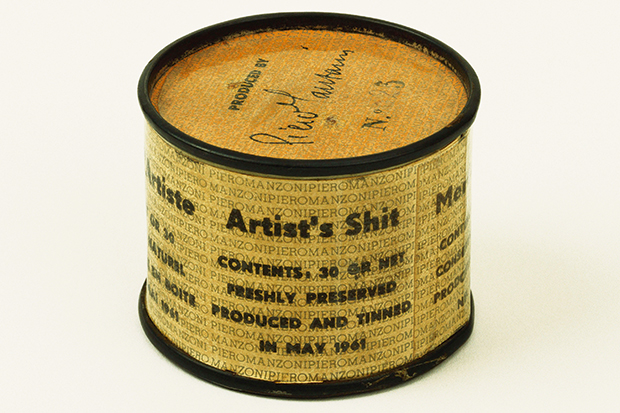
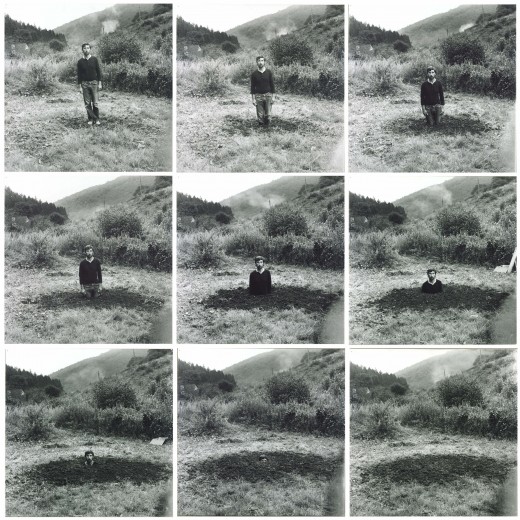
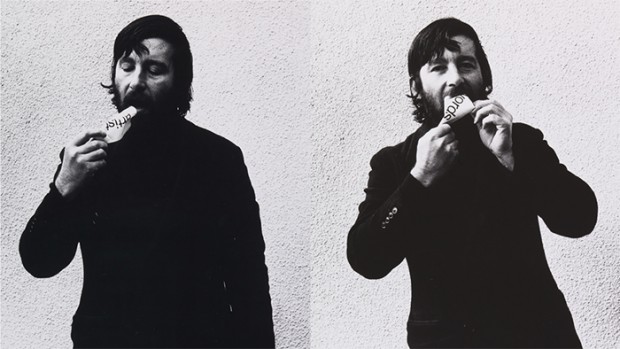
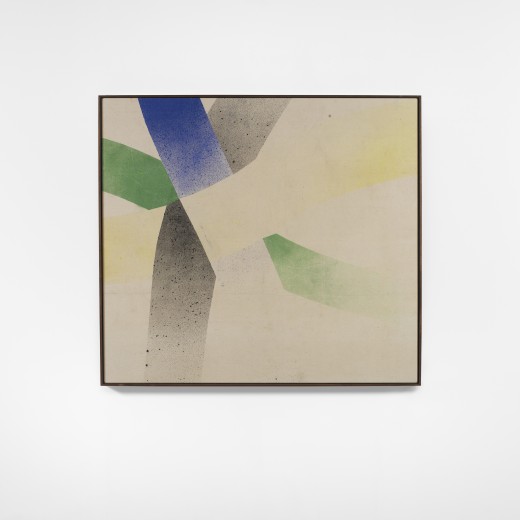
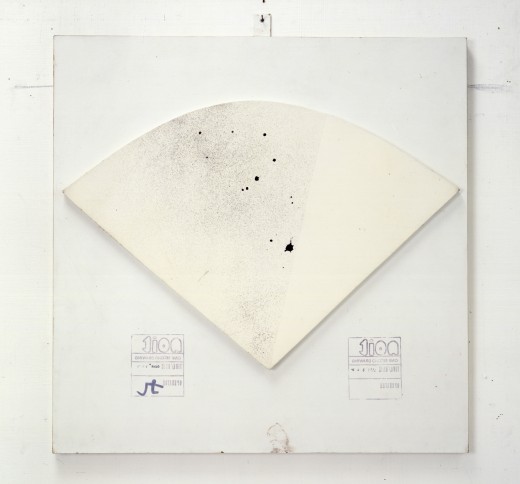
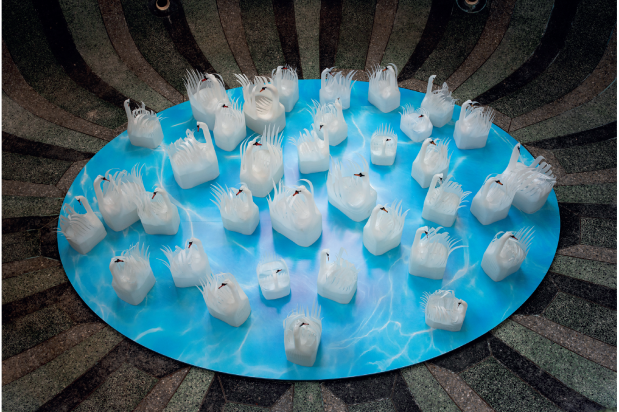

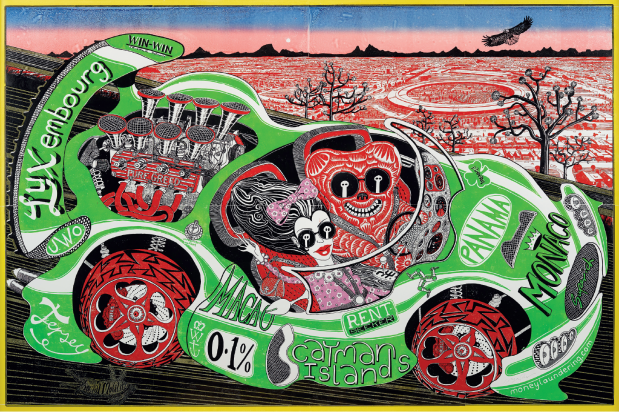
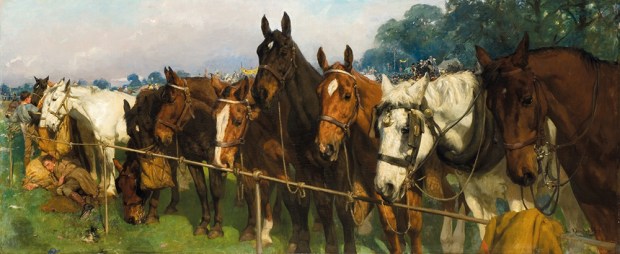

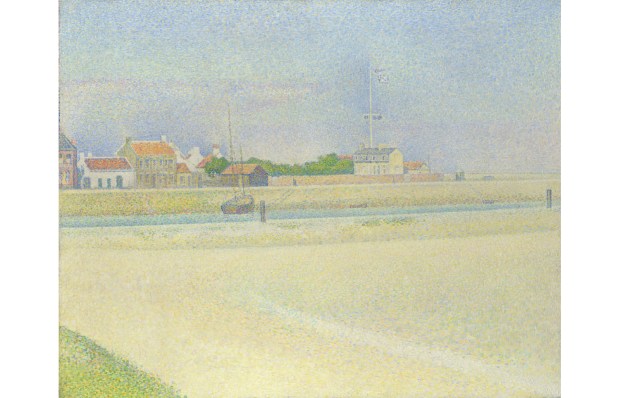






Comments
Don't miss out
Join the conversation with other Spectator Australia readers. Subscribe to leave a comment.
SUBSCRIBEAlready a subscriber? Log in